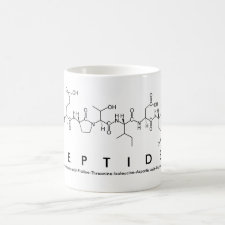
Authors: Okutani M, Miyata T, Uragami T
Article Title: Molecular recognition and responsive behavior of endocrine-disrupter- responsive gels prepared by molecular imprinting.
Publication date: 2006
Journal: Polymer Preprints, Japan
Volume: 55
Issue: (2)
Page numbers: 4528-4529.
Abstract: In this study, we prepared bisphenol A (BPA)-imprinted gels that can shrink in response to bisphenol A and investigated their molecular recognition functions. BPA-imprinted gels were synthesized by copolymerization of acryloyl-cyclodextrin (CD), acrylamide and methylenebisacrylamide in the presence of BPA as a template. In an aqueous solution containing BPA, the BPA-imprinted gels shrank more remarkably than the nonimprinted gels. The molecular recognition functions of the BPA-imprinted gels were investigated by their immersion in aqueous solutions containing BPA and its derivatives such as bisphenol E and bisphenol F. The responsiveness of the BPA-imprinted gels was dependent upon the kind of BPA derivatives. This indicates that the BPA-imprinted gels can recognize the differences in molecular structures between BPA and its derivatives
Author keywords: bisphenol A, cyclodextrin, gel, molecular imprinting, molecular recognition, stimuli-responsive gel



Join the Society for Molecular Imprinting

New items RSS feed
Sign-up for e-mail updates:
Choose between receiving an occasional newsletter or more frequent e-mail alerts.
Click here to go to the sign-up page.
Is your name elemental or peptidic? Enter your name and find out by clicking either of the buttons below!
Other products you may like:
 MIPdatabase
MIPdatabase









